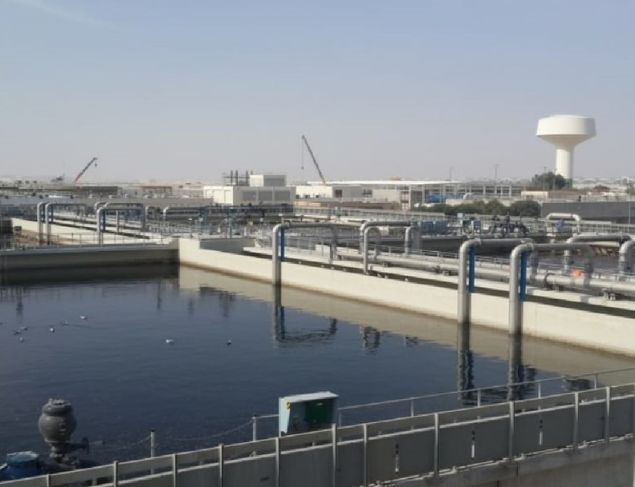
Sewage Treatment Plant (STP)
A sewage treatment plant (STP) is a facility designed to treat wastewater, primarily from domestic, industrial, and commercial sources, before discharging it back into the environment or reusing it. Its primary objective is to remove contaminants from sewage or wastewater and convert it into an effluent that can be safely released into the environment or used for various purposes.
1. Untreated sewage contains harmful pathogens, nutrients, and chemicals that can contaminate water bodies, soil, and ecosystems, leading to pollution, eutrophication, and health hazards.
2. STPs help eliminate harmful microorganisms and pathogens that can cause diseases like cholera, dysentery, and typhoid, thereby improving public health and hygiene.
3. Properly treated wastewater can be reused for irrigation, industrial processes, or even drinking (with advanced treatment), reducing the demand for fresh water.
4. Many countries have environmental standards and regulations that require wastewater to meet certain quality standards before being released into natural water bodies.
